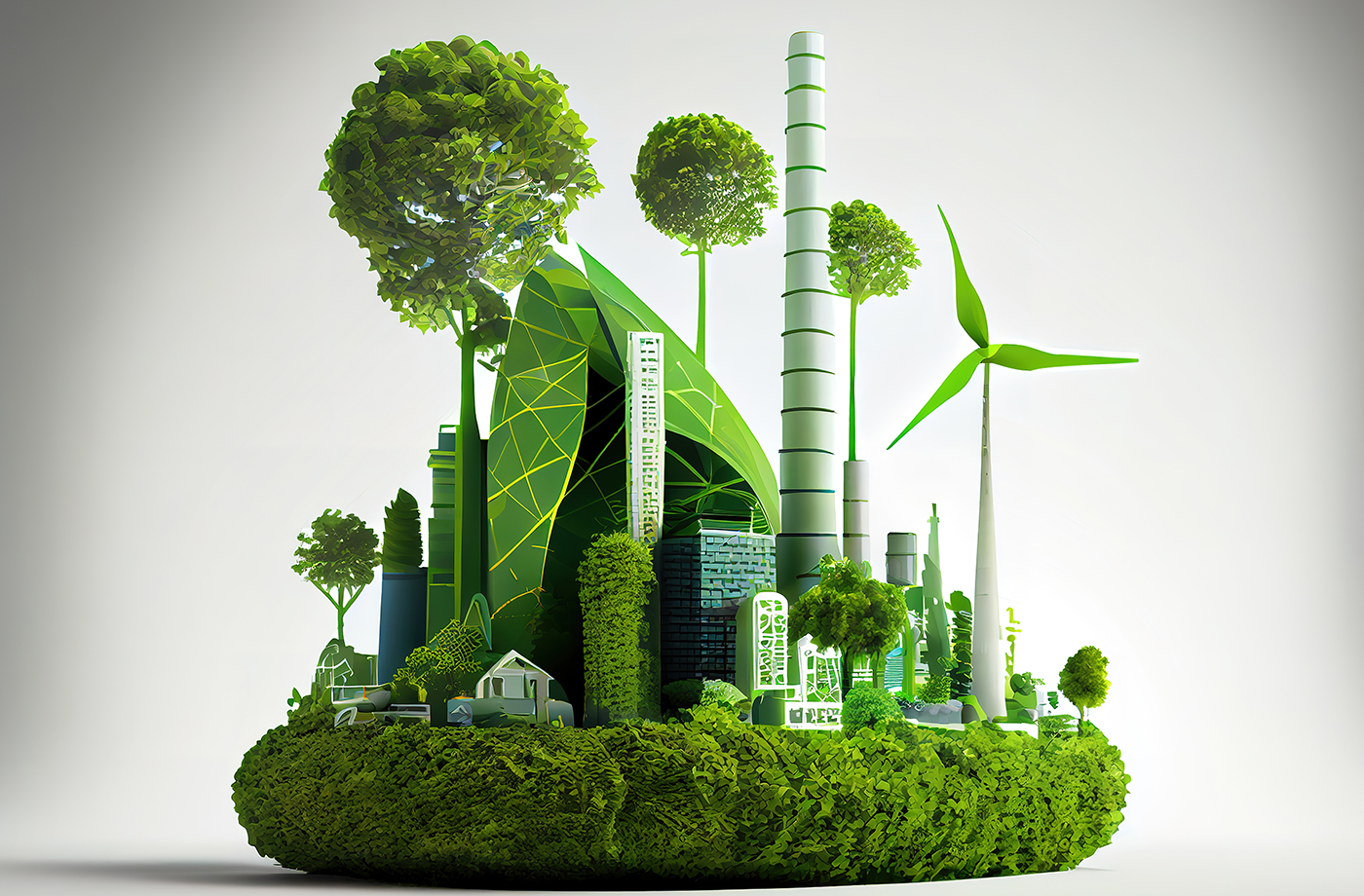Whether you're typing a search on Google, posting a new story on Instagram, or starting to watch a new season of your favourite series on Netflix, each routine activity triggers a chain reaction and consumes a certain amount of energy. This occurs not only on your devices but also in data centres worldwide where data is stored for us to access. Data centres are crucial in keeping the world connected in today's modern digital age. While they have enabled fast access to information and transformed how we live and work, data centres also generate large amounts of energy, contributing to increased carbon dioxide emissions. According to the International Energy Agency, data centres account for 1.15% of total electricity consumption, expected to triple by the end of 2030.
According to the International Energy Agency, data centres account for 1.15% of total electricity consumption, expected to triple by the end of 2030.
Data centres release a significant amount of heat from servers into the atmosphere. Companies invest substantial amounts of money in various cooling techniques to ensure uninterrupted operation. Considering the rapid development of artificial intelligence and technologies that require enormous amounts of data, it is clear that the number of data centres will increase from year to year. This fact has prompted me to think more deeply about mitigating the negative impact of data centres on the environment.
I think it is crucial to start thinking now about innovative ways to more efficiently harness the heat generated by data centers, as well as the development of energy-sustainable technologies to strike a balance between technological advancement and environmental protection.
In practice, there are already various innovative examples where the thermal energy produced in data centers has been redirected for different purposes. This concept is particularly effective in Sweden, which plans to completely abandon the use of fossil fuels by 2040.
In practice, there are already various innovative examples where the thermal energy produced in data centers has been redirected for different purposes. This concept is particularly effective in Sweden, which plans to completely abandon the use of fossil fuels by 2040. Sweden has long been successfully using heat from data centers for heating buildings and pools, as well as for food production. In 2019, with the help and initiative of the city of Stockholm, three companies—IP-Only, Interxion, and Advania—signed a contract to build data centers that would heat around 35 thousand apartments in the city. In the Danish city of Odense, Facebook data centers recycle heat to warm a nearby hospital and households, with the plan to supply about 7 thousand households with recycled thermal energy at full capacity. Ireland is another country that extensively utilizes heat from data centers; for instance, an Amazon data center heats the Technological University in Dublin. These are just a few examples of how thermal energy is utilized instead of dissipating into the air. Can you imagine the amount of electricity saved from just these examples?
This form of renewable energy is highly complex and requires intricate planning, but I believe it is crucial for countries to take certain steps for such a complex process to come to life. Economic incentives such as subsidies, tax breaks, and favorable loans can significantly influence data center owners to recognize the value of recycling waste heat and to invest further in such solutions. I also hope that in the near future, countries will begin to introduce regulatory measures and standards requiring data center owners to implement waste heat recycling systems. These are just some of the steps that could create clear incentives and obligations for companies to recognize the potential of renewable energy from their data centers and contribute to global efforts to preserve our environment.
Energy efficiency and sustainability are key factors in today's world, and data centers play a significant role in this context, with their role only set to increase with technological developments.
Energy efficiency and sustainability are key factors in today's world, and data centers play a significant role in this context, with their role only set to increase with technological developments. Harnessing the heat generated by data centers in creative ways can have a positive impact on our environment, economy, and society. Through the examples given in this text, we see that the potential for utilizing this energy is not just theoretical but is being applied worldwide. These examples indicate a bright future where data centers play a crucial role in building a more sustainable and energy-efficient society. However, this will not be enough unless we all get involved and think about ways in which we can make our environment better.


